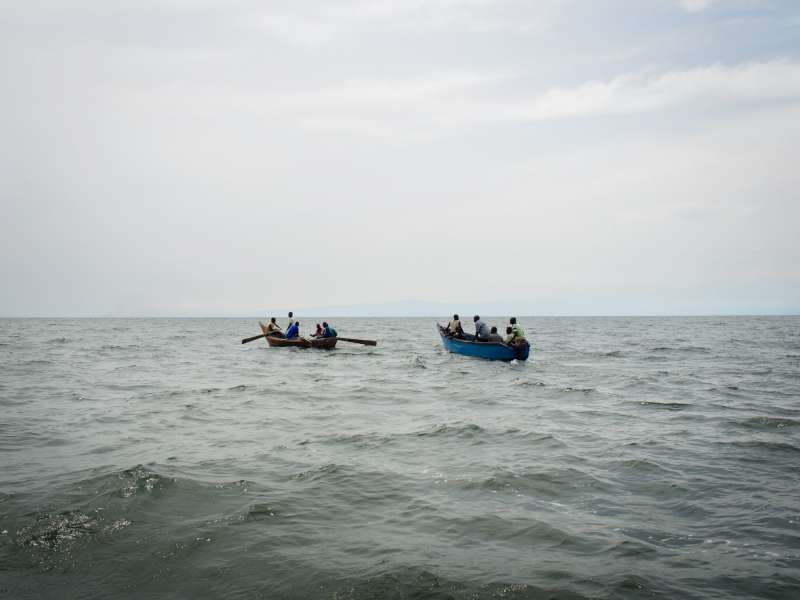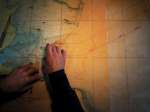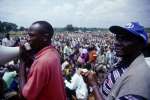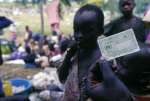UNHCR shocked and saddened at drowning of scores of Congolese refugees in Lake Albert
News Stories, 24 March 2014
KAMPALA, Uganda, March 24 (UNHCR) – The UN refugee agency on Monday said it was shocked and saddened by the deaths of scores of Congolese refugees, including children, who drowned when the boat carrying them back home from western Uganda capsized on Lake Albert.
The boat was one of two that left on Saturday morning from Uganda's Hoima district on the eastern side of the lake, which lies on the border between the two countries. The boats were carrying refugees, who had been living at Kyangwali settlement but were heading back home to eastern Democratic Republic of the Congo (DRC) of their own accord.
One of the boats capsized, spilling its passengers into the lake. Based on information UNHCR has received so far from the authorities and refugees, 41 people were rescued and 98 bodies recovered. As many as 250 people may have been aboard the boat.
"This tragedy has shocked me profoundly," said UN High Commissioner for Refugees António Guterres. "My thoughts are with those who have lost dear ones, and the survivors. I am grateful to the government and other actors who have mounted a rescue-and-recovery operation and are assisting the survivors. I have called on UNHCR's Uganda office to fully support these efforts".
The survivors have been transported to north-west Uganda's Bundibugyo district, where UNHCR, its partners and Ugandan government officials are providing support, including psycho-social help. Identification of the deceased, by relatives who rushed over from the Democratic Republic of Congo, is continuing at Bundibugyo District Hospital.
UNHCR and the government of Uganda are also facilitating transportation of bodies back to the DRC. Additionally, UNHCR has mobilized support staff and resources, and set up an information and response point at the Bundibugyo Transit Centre to support relatives of the survivors.
Uganda is a major refugee-hosting country, with an asylum-seeker and refugee population exceeding 328,900 as of end February. While many of the recent arrivals have been from South Sudan, Uganda is still host to almost 175,500 Congolese refugees – including some of the 66,000 who have fled to Bundibugyo since last July to escape fighting in eastern DRC. The ones affected by this tragedy were from this group.
Over the past three months, UNHCR has seen a rise in the number of Congolese refugees returning spontaneously to DRC. They are mostly people who arrived in Uganda in the last two to three years and who live relatively close to the Ugandan border.
The majority of those who are returning now are heading for the relatively safe and secure area of Rutshuru in DRC's North Kivu province, while some returnees to the Kamango area further north are reportedly staying in camps for internally displaced people. Refugees are using both the boat route via Lake Albert and roads. A campaign warning about the dangers of crossing the lake was under way when this tragedy occurred.













































